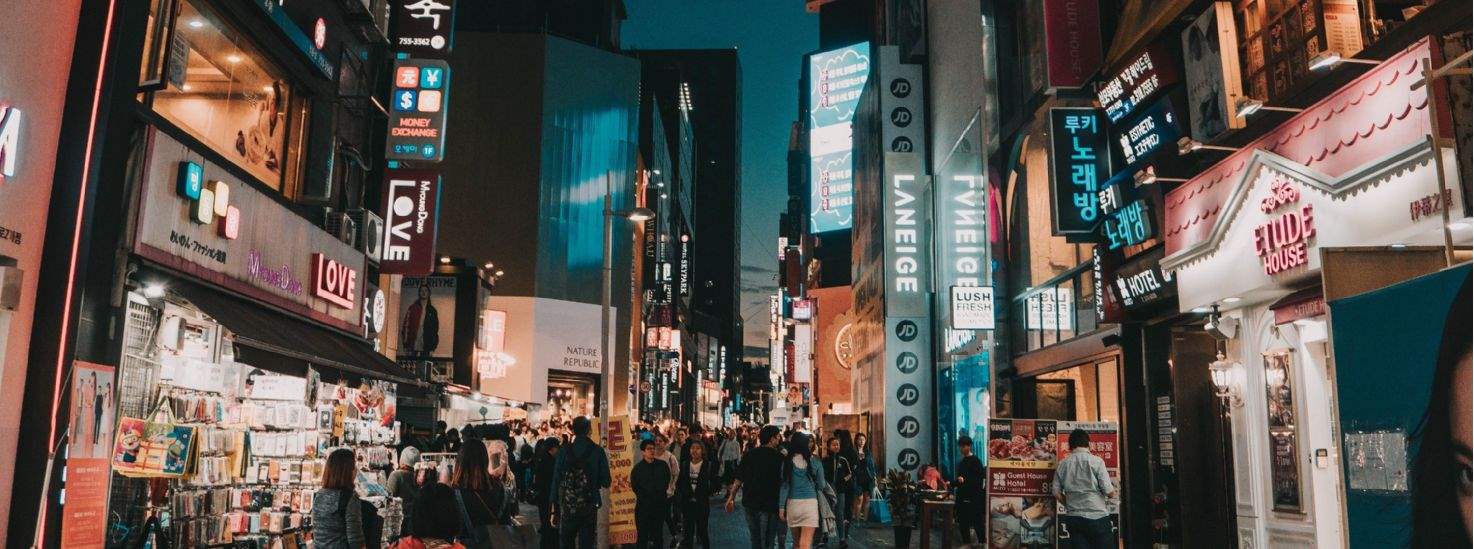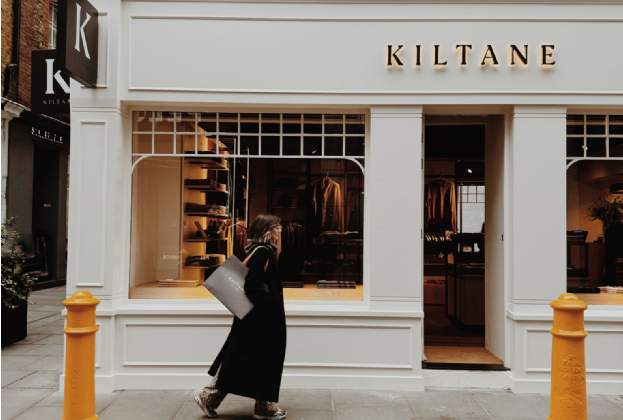South Korea’s influence, dubbed the 'K-wave', on fashion and lifestyle trends in China has been gathering pace for a number of years and with it the expansion of South Korean brands into the country.
For example, skincare and make up are among South Korea’s most popular goods shipped to China. According to the Korea International Trade Association, South Korean cosmetics exports totalled US$3.92 billion in 2017, quadrupling the US$1.05 billion reported in 2013, and with the bulk (37.4 per cent) going to mainland China.
A number of Western brands and private equity houses have either acquired or are backing South Korean brands as a way to access the huge appeal of K-brands in China. L Catterton Asia (the private equity arm of LVMH) became a minority stakeholder in South Korean cosmetics firm CLIO in 2016 and Gentle Monster in 2017, while Estée Lauder bought a 33.3 per cent stake in the parent company of South Korean skincare brand Dr Jart+ in 2015.
While the expansion focus of South Korean brands largely remains on the Chinese market, we are starting to see some brands look to new markets beyond Asia Pacific, typically starting with the US.
Gentle Monster, the South Korean eyewear brand, opened its first store outside Asia Pacific in New York in 2016, followed by LA the following year and its first European outpost in London in 2018. 2018 also saw the South Korean mobile character brand Line Friends open its first US store in New York’s Times Square as did fashion retailer Aland in Brooklyn, New York.
A number of South Korean beauty and cosmetics brands have also been expanding via store openings and pop-ups in the US with Innisfree launching its first store outside the Asia Pacific region in New York in 2017.
To some extent the expansion into new international markets beyond Asia Pacific is about targeting Chinese consumers when they are abroad in order to reinforce the brand at home. But this isn’t just a marketing initiative for South Korean brands; it’s more about global revenue expansion and diversification beyond the Chinese market.
This is just the start of South Korean brands moving beyond their established Asia Pacific stomping grounds and we expect to see more make the leap, with North American markets likely to be their first port of call before heading into Europe.
Further information

.jpg)







.jpg)
